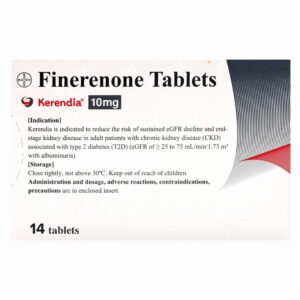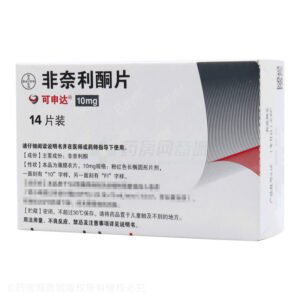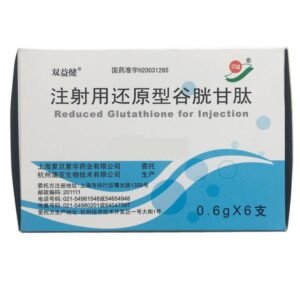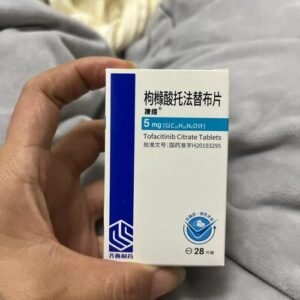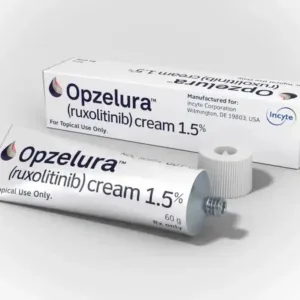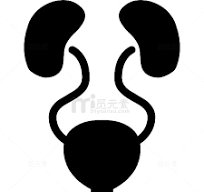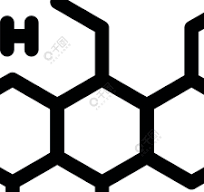Finerenone Tablets.
Effects and efficacy: Finerenone can be used in adult patients with chronic kidney disease associated with type 2 diabetes (estimated glomerular filtration rate [eGFR] ≥ 25 to < 75 mL/min/1.73 m2, with albuminuria), which can reduce the risk of sustained decline in eGFR and end-stage renal disease. The clinical benefits and safety of finerenone in patients with early type 2 diabetes-related chronic kidney disease (eGFR>75mL/min/1.73m2) have been confirmed by large-scale global RCT studies. The relevant indications have been approved in the United States, Japan and other countries, and are under review by the Drug Review Center in my country. Usage and Dosage: The initial dose should be determined based on the patient’s renal function, i.e., eGFR level, and the dose should be adjusted based on serum potassium. The standard dose of this product is 20 mg/day. Before starting finerenone treatment: Measure serum potassium level and estimated glomerular filtration rate (eGFR) before starting. Do not start treatment if serum potassium is >5.0mmol/L. Recommended starting dose: The recommended starting dose of finerenone is determined based on eGFR: when eGFR (mL/min/1.73m) ≥ 60, the starting dose is 20 mg once daily; when eGFR (mL/min/1.73m) ≥ 25 to < 60, the starting dose is 10 mg once daily; when eGFR (mL/min/1.73m) < 25, it is not recommended. For patients who are unable to swallow the whole tablet, finerenone tablets can be crushed and mixed with water or soft food (such as applesauce) immediately before administration and taken orally. Monitoring and dose adjustment: The standard dose of finerenone is 20 mg once daily. Measure serum potassium within 4 weeks of starting treatment and adjust the dose; if the serum potassium level is between 4.8 and 5.0 mmol/L, consider starting finerenone treatment based on clinical judgment and serum potassium level, and perform additional serum potassium monitoring within the first 4 weeks. Monitor serum potassium within 4 weeks after dose adjustment and throughout treatment, and adjust the dose as needed, as follows: If eGFR decreases by more than 30% compared to the last test, maintain the 10mg dose.
Adverse Reactions:
The most commonly reported adverse reaction during treatment with finerenone is hyperkalemia (18.3%), and the more common adverse reactions are hyponatremia, hypotension, decreased glomerular filtration rate, itching, and less common is decreased hemoglobin.
Drug Contraindications:
Allergic to this product is prohibited for use in children. Use with caution during pregnancy. Use with caution during lactation. Use with caution during pregnancy preparation.
Share:
Products
Our offers
Health Classification
Let us work together to protect precious health



